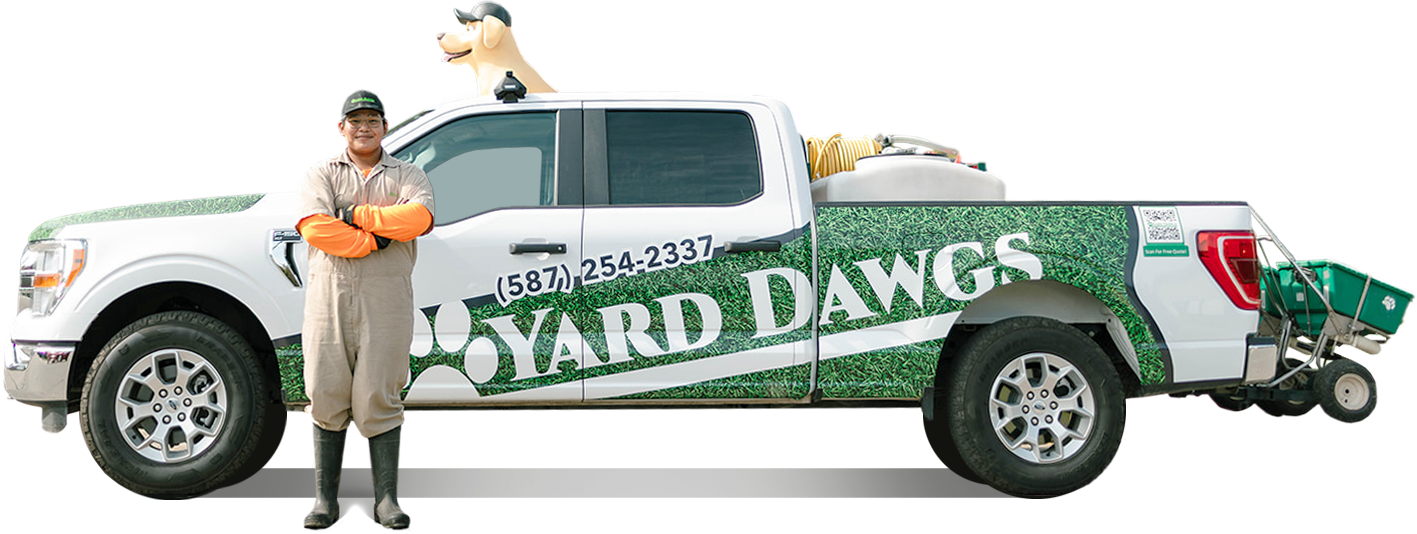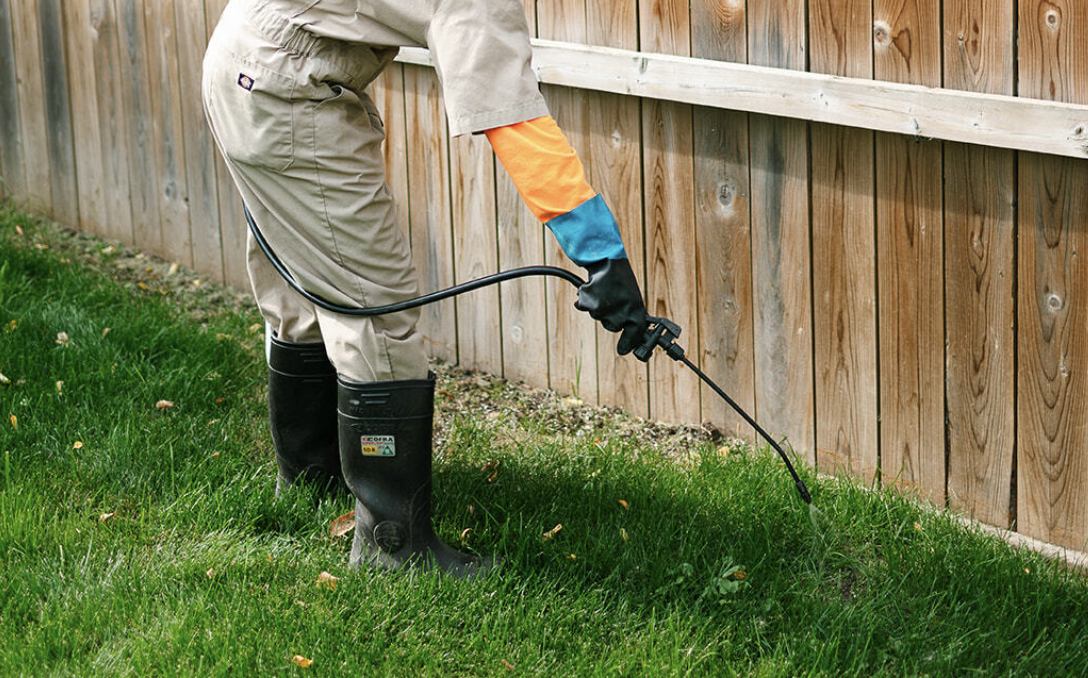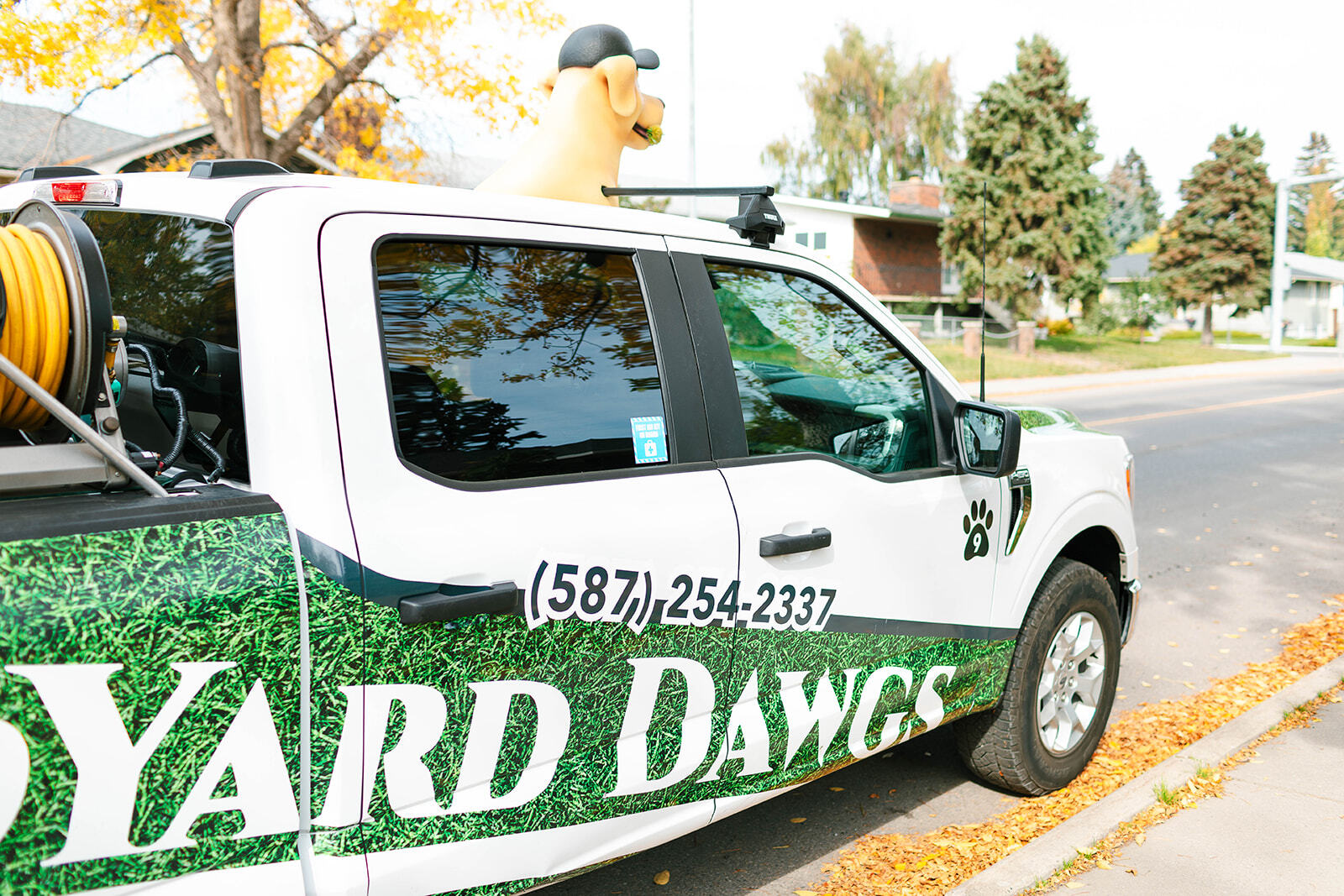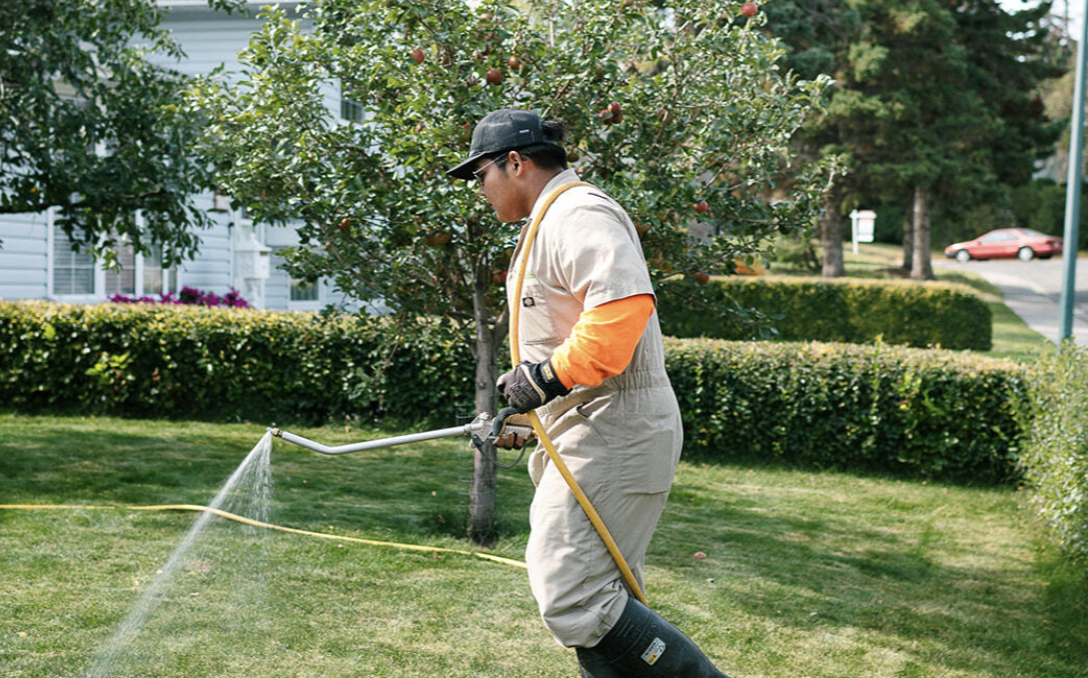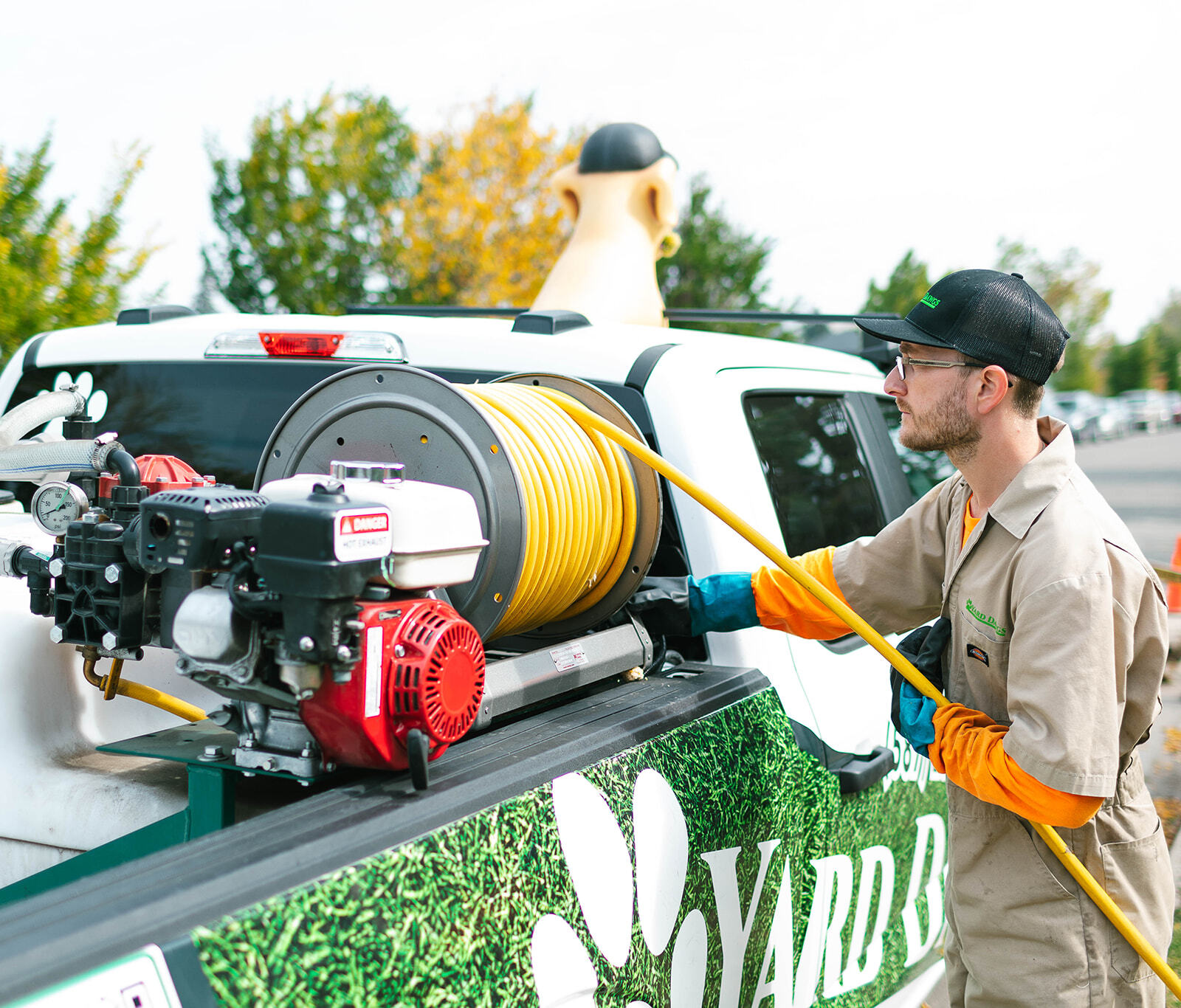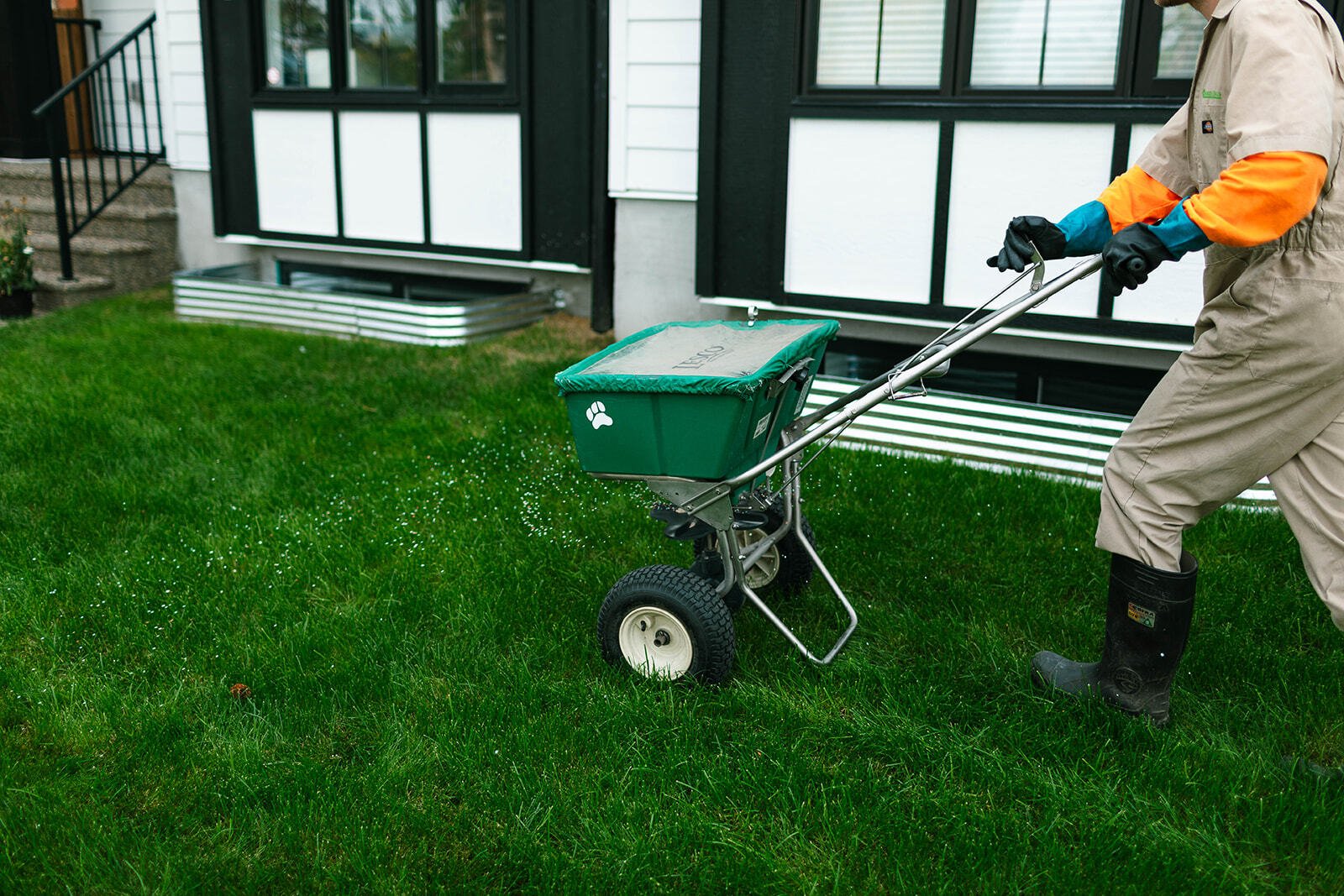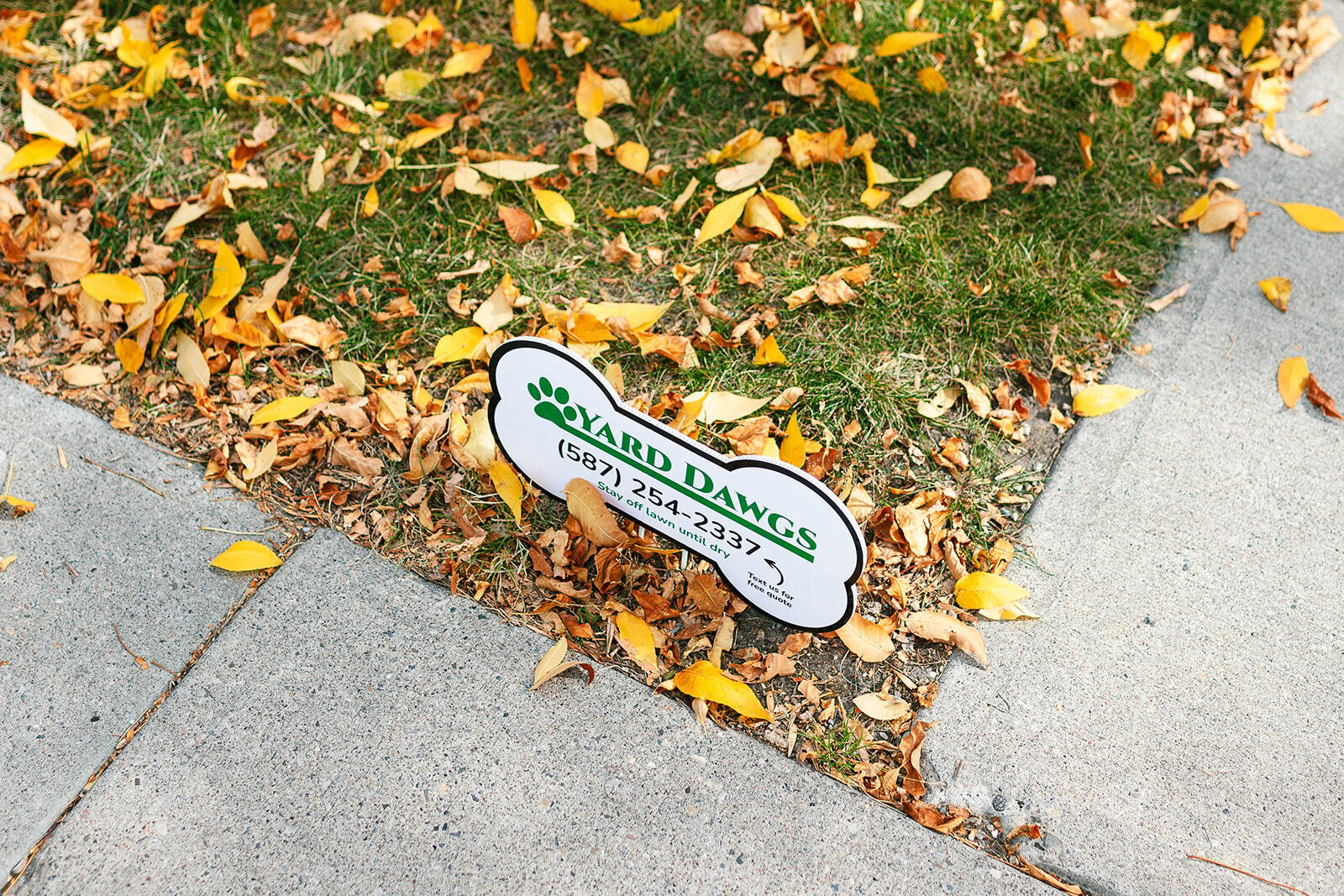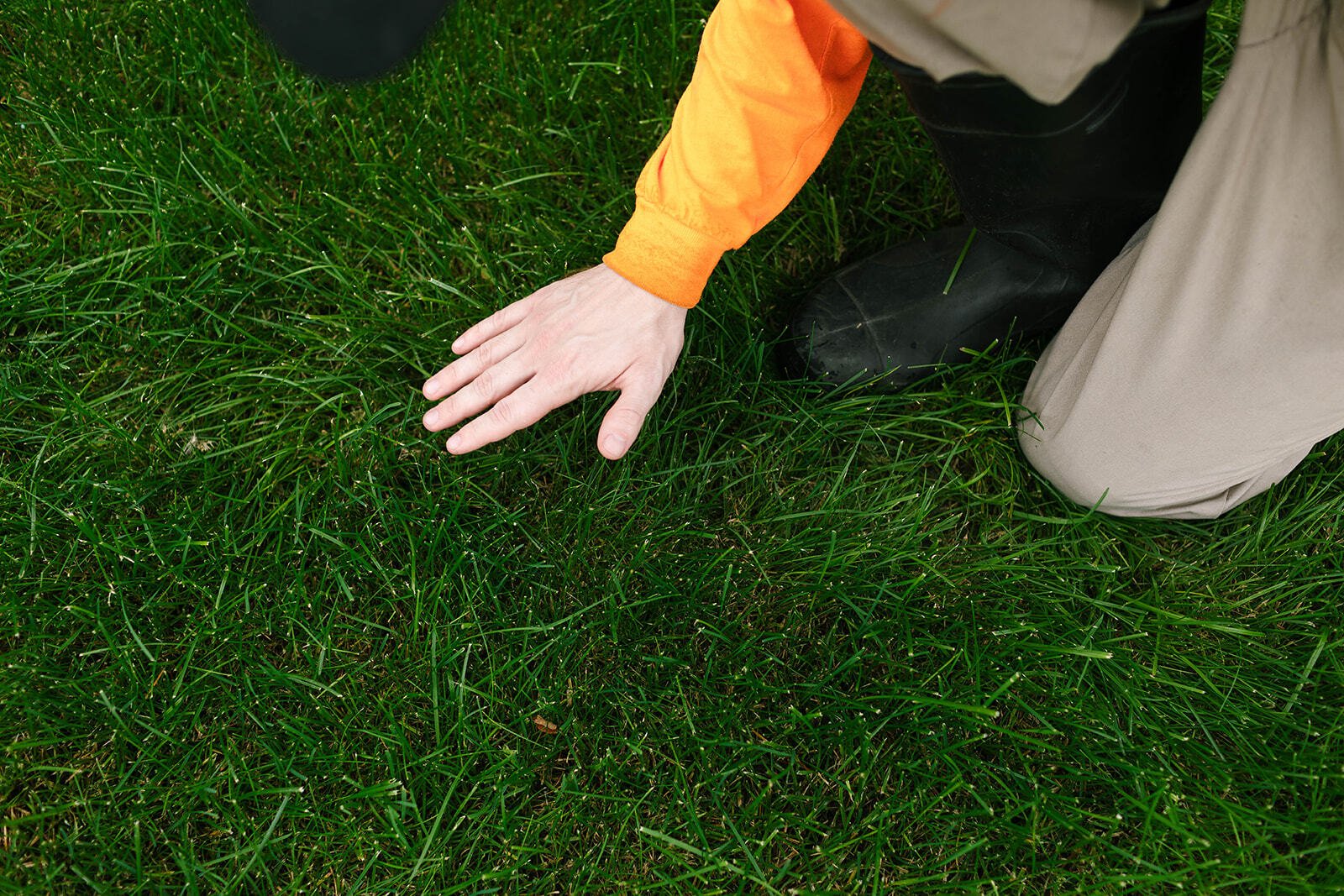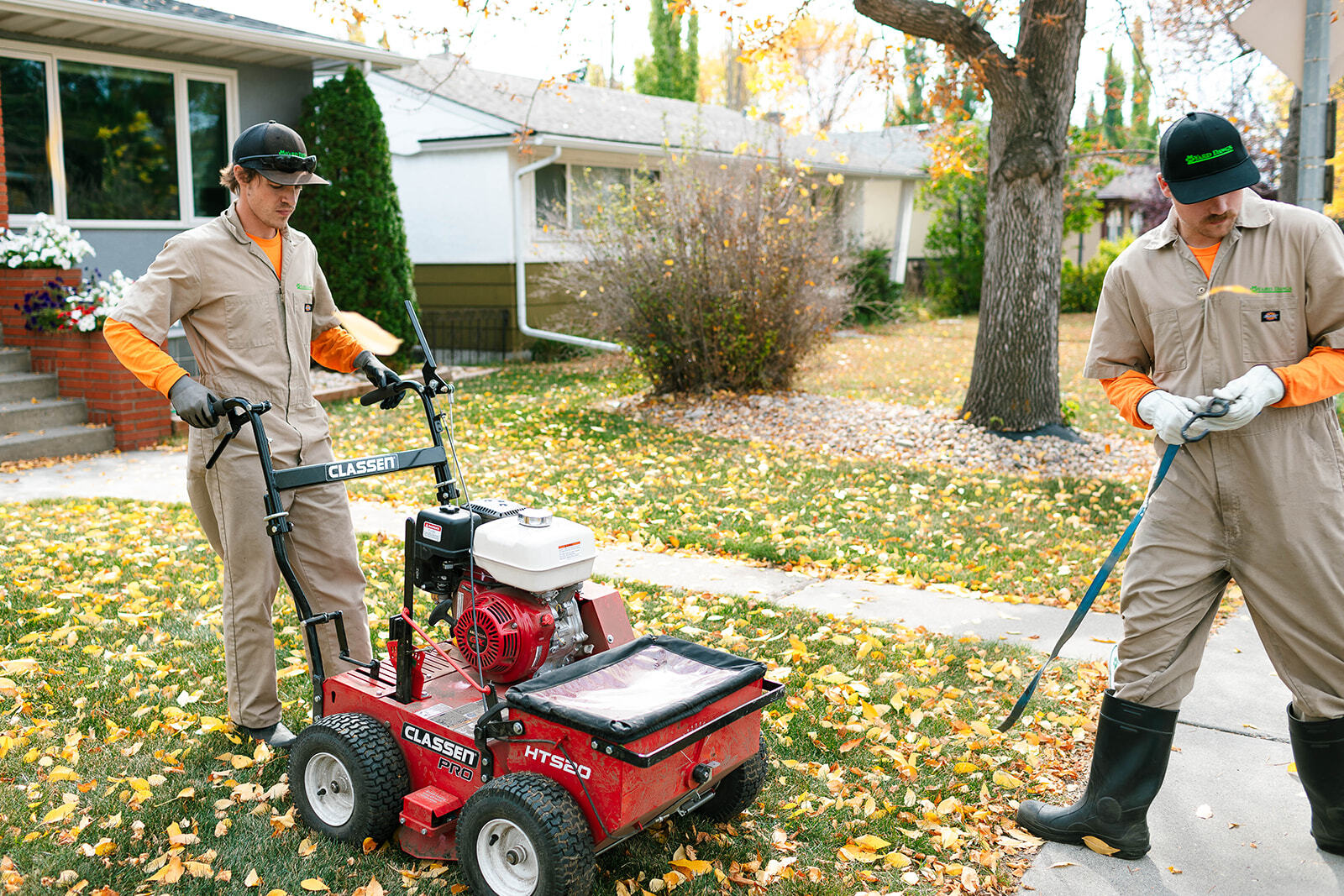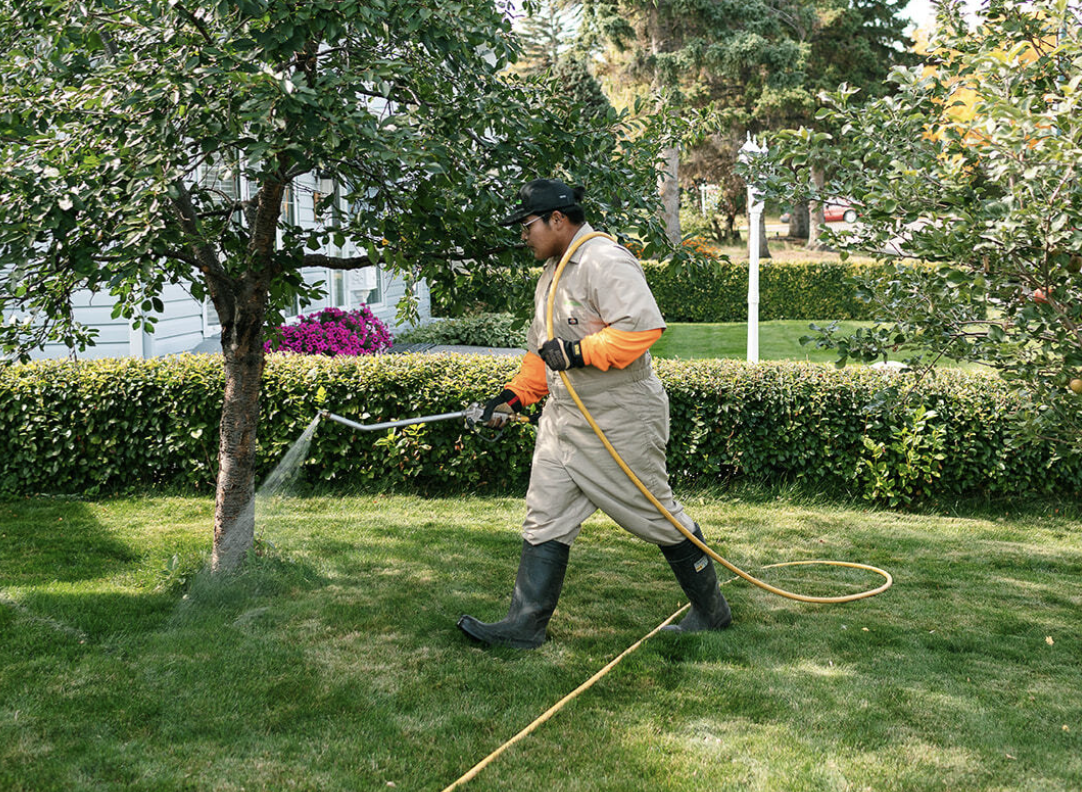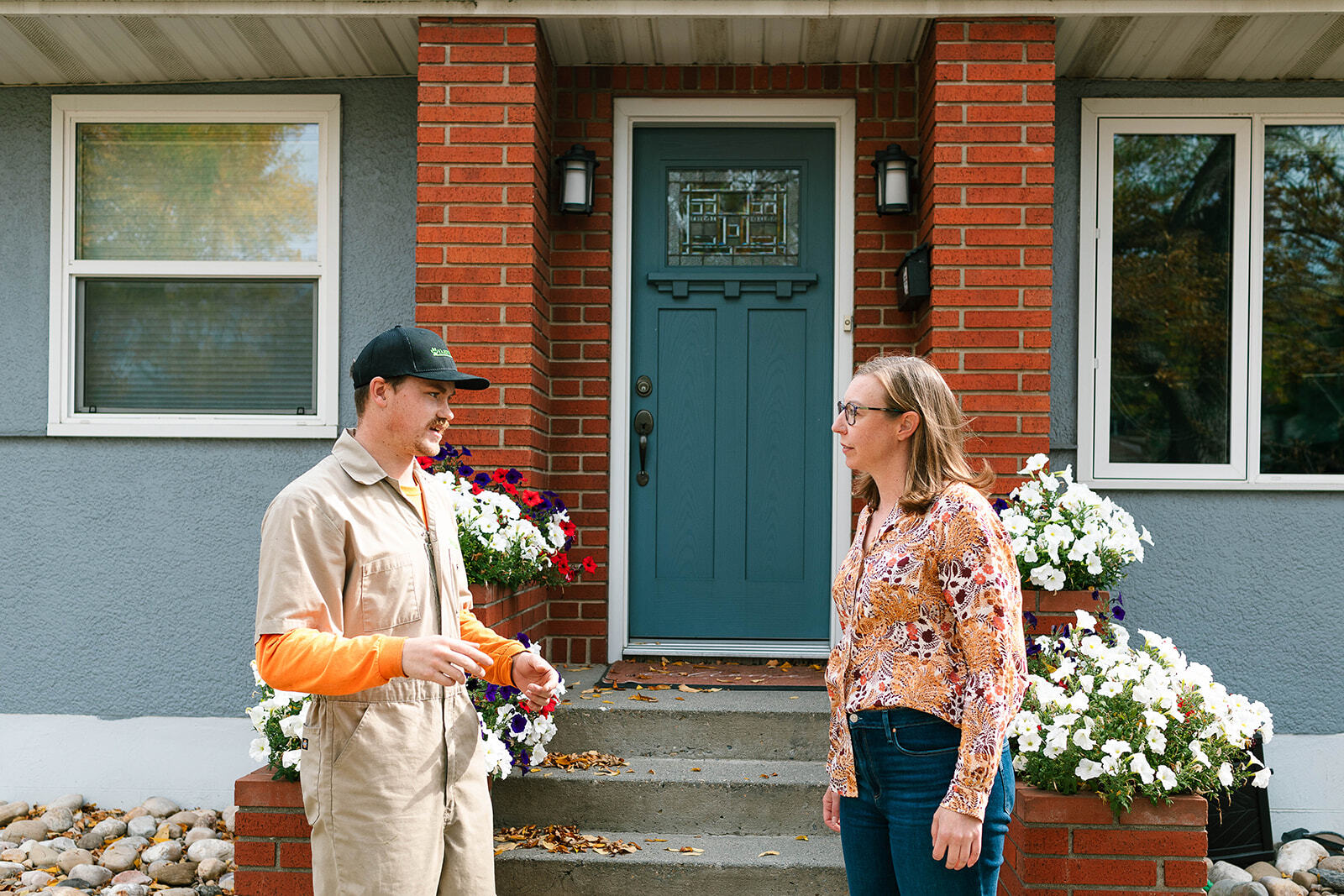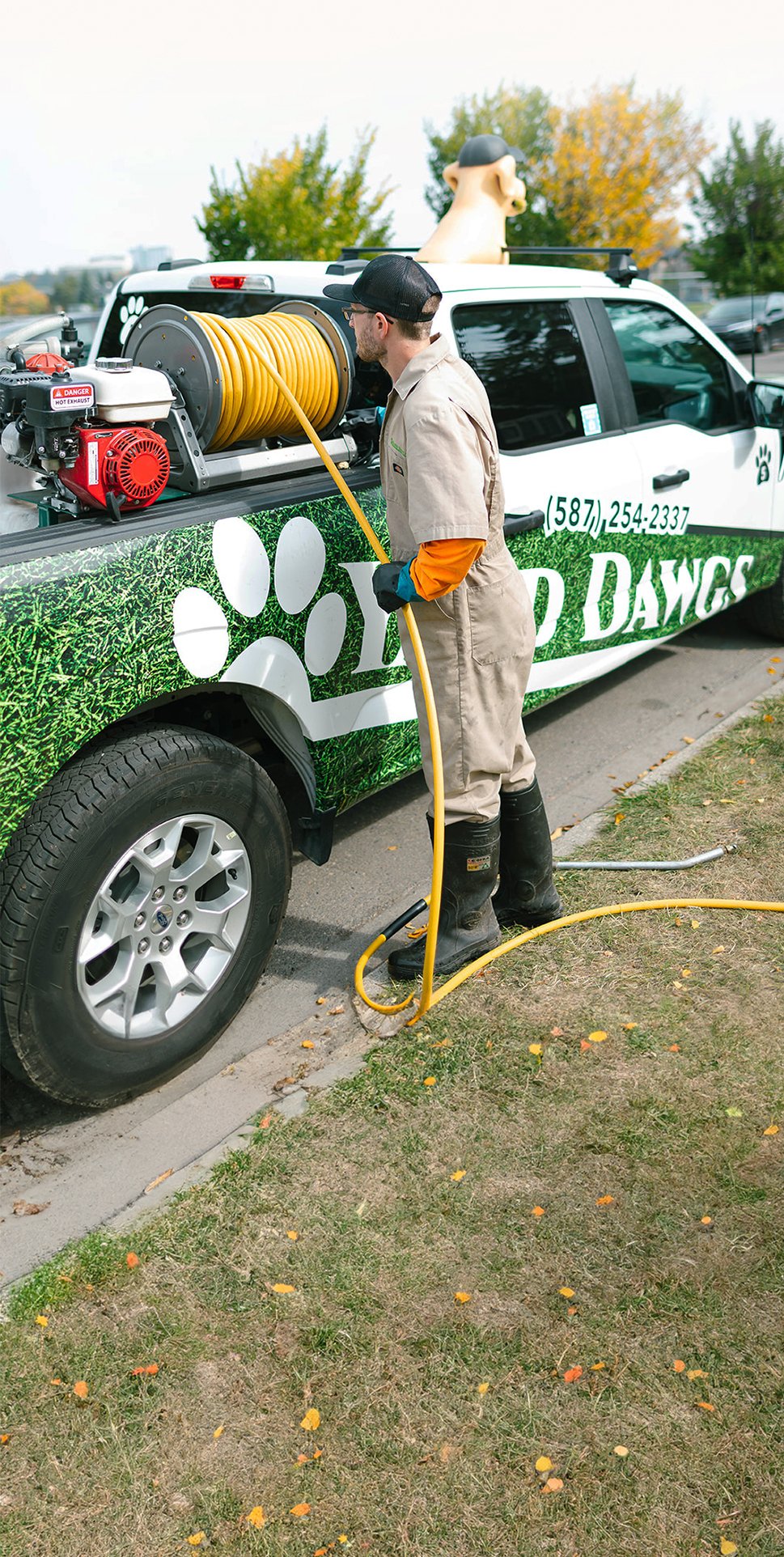Just walking across your lawn every day can cause enough soil compaction to choke your grass roots. Compacted soil as shallow as a quarter-inch can block water and fertilizer from reaching the root zone. This is why lawn aeration is one of the most important steps in maintaining long-term turf health.
Most homeowners water, mow, and fertilize regularly, but overlook the simple step that helps those efforts actually work. If your lawn looks patchy, spongy, or waterlogged after rain, it’s likely not a watering issue. It’s compacted soil. And that means it's time to aerate your lawn. Let’s explore the why, when, and how of aerating your lawn.

What Is Lawn Aeration?
Lawn aeration involves creating small holes in your lawn to reduce soil compaction and improve the flow of water, nutrients, and air to the grassroots. Without it, your lawn can suffocate, literally. Grass struggles to grow in hard-packed soil where its roots can’t breathe.
At Yard Dawgs, we’ve aerated thousands of lawns across Calgary, Edmonton, Red Deer, and Saskatoon. Our mechanical aeration services use professional-grade equipment to remove small soil plugs, allowing your lawn to recover from compaction and thatch buildup. The result? Deeper roots, thicker turf, and better resistance to drought and pests.
Signs Your Lawn Needs Aeration
Not sure if your yard is overdue for aeration? Here are some telltale signs:
- Water pools or runs off instead of soaking in
- Your grass feels bouncy or spongy underfoot
- Brown or thinning patches despite proper watering
- Heavy foot traffic or construction has compressed the soil
- You have clay-heavy or sod-installed soil
- If any of these sound familiar, it’s time to take action.
DIY vs. Professional: Which Option is Best?
Aerating your lawn isn’t overly complicated, but getting it right is what matters. The DIY route can be effective on small lawns or when you’re working with minimal compaction. But for dense soil, large yards, or visible thatch layers, mechanical aeration from a professional team saves time and gets better results.
Why Professional Lawn Aeration Gets Better Results
Lawn aeration is a precision treatment that lays the foundation for thicker, healthier grass. While some homeowners may be tempted to rent equipment or try manual methods, professional lawn care delivers far more reliable, long-lasting results.
At Yard Dawgs, our mechanical aeration services are backed by years of experience and thousands of lawns aerated across Calgary, Edmonton, Red Deer, and Saskatoon. We use specialized equipment to remove deep soil plugs and clear away thatch, restoring air and nutrient flow where your grass needs it most.
Here is what you expect with specialists’ treatment:
- Relieve soil compaction caused by foot traffic, pets, and weather
- Improve nutrient absorption after treatments like fertilizer or sea kelp
- Create optimal conditions for weed control to take effect
- Encourage deeper root growth and better drought resistance
DIY Lawn Aeration Steps:
- Water the lawn the day before to soften the soil.
- Mow your lawn slightly shorter than usual.
- Use the right tool (more on this below).
- Go over the lawn in a grid pattern, especially in high-traffic areas.
- Leave the soil plugs on the surface, they’ll break down naturally.
- Follow up with fertilizer or super juice to give roots a boost.
Keep in mind, if your lawn is suffering from thatch or deep compaction, DIY methods might not be strong enough.
Aerate Lawn Tools: Which One Should You Use?

There’s no one-size-fits-all when it comes to aerate lawn tools. Your tool choice depends on your lawn’s size, soil condition, and how deep the compaction goes.
Spike Aerators
These tools drive solid tines into the ground to poke holes without removing soil. They’re great for light soil or quick jobs, but they can make compaction worse if overused.
Core Aerators
Also called plug aerators, these remove actual plugs of soil and thatch. They’re ideal for heavily compacted lawns and the go-to tool in professional lawn aeration.
Liquid Aeration
A convenient option for minor compaction, liquid aerators use surfactants to loosen soil structure. Yard Dawgs offers liquid aeration treatments as part of our comprehensive care plans.
Slit-Seeding Machines
While primarily used for seeding, these machines create shallow grooves that offer light aeration benefits while helping new grass take root.
Don’t forget your footwear. Aerator shoes exist, but unless you plan on moonwalking across the entire lawn for an hour, you might want to skip them.
Why Timing Matters
You can’t just aerate your lawn whenever the mood strikes. Timing your aeration with the grass’s natural growing cycle gives your lawn the best chance to bounce back.
- For cool-season grasses like Kentucky bluegrass or fescue, early spring or fall is ideal.
- For warm-season grasses, aim for late spring through mid-summer.
Avoid aerating during droughts or heat waves. Your lawn is already stressed, and poking holes in dry, hard ground won’t help.
Aftercare: What to Do Post-Aeration
Once you’ve aerated, it’s the perfect time to feed your lawn. At Yard Dawgs, we often follow up mechanical aeration with premium fertilizer, sea kelp, or super juice—all of which help the roots absorb nutrients more effectively.
Other smart moves:
- Overseed thin areas while the holes are still open
- Schedule your weed control before or after to avoid spreading seeds
- Water deeply and consistently for a week post-aeration
- Keep foot traffic low while the lawn recovers
When to Call the Pros
If you’re dealing with thick thatch, clay-heavy soil, or years of compaction, professional aeration is the fastest route to recovery. Our mechanical aeration services have helped thousands of homeowners achieve healthier, stronger turf with just one treatment.
The Yard Dawgs team uses commercial-grade equipment and precision techniques honed through years of experience. Plus, you’ll have access to your dedicated success team – people who know your lawn’s history and care as much as you do.


